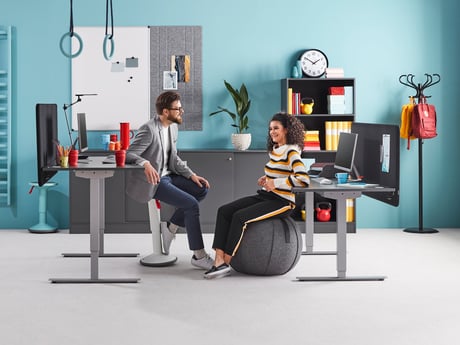- AJ Products IE
- Blog
- Tips & trends
- Seasonal Affective Disorder
Seasonal Affective Disorder

Seasonal affective disorder (SAD) is a form of depression that the NHS estimates to affect approximately one in 15 people in the UK between September and April.¹ Much of this is due to lack of light, but there are solutions. By choosing the right lighting and light fittings you can ease the winter blues and have more energy during the darkest period of the year.
There are many explanations for fatigue and depression during the autumn and winter months, but one thing is certain - light affects us more than we think. As the days get shorter and darker, we produce more melatonin, the hormone that regulates our sleep, and less serotonin, which regulates our mood.
Darkness affects us negatively
SAD is most common in countries north of the equator. Irritability, extreme fatigue, sugar cravings and weight gain are some of the primary symptoms.
Take advantage of daylight
When you work traditional hours it may be difficult to get enough daylight at this time of year. Daylight is important for our well-being as it helps regulate the production of serotonin, which makes you both awake and happy, and vitamin D, which gives us energy. With around twenty minutes of outdoor exercise during your lunch break, you will feel more energised both mentally and physically, sleep better and get a much-needed dose of the precious daylight. Also, keep your energy up throughout the day by staying active as much as possible. A height-adjustable desk can help with this.
Invest in good lighting
Artificial indoor lighting is also relatively important for our energy levels. Make sure you have enough work lights and it’s a good idea to choose environmentally friendly lighting options such as LED. A good supplement to natural light are lamps with blue light, which is used in light therapy and makes us more alert.
Decorate with bright tones
For those that work indoors or in rooms with very little natural light, it’s a good idea to keep in mind the importance that colour choice has. Since the brain is very sensitive to light, bright interiors at work make you both more alert and efficient. Large windows create an open, bright impressions and adds natural light to the whole room. Also be aware that bright walls and a white ceiling will reflect more light than coloured, which will reduce the glare of the lights.


